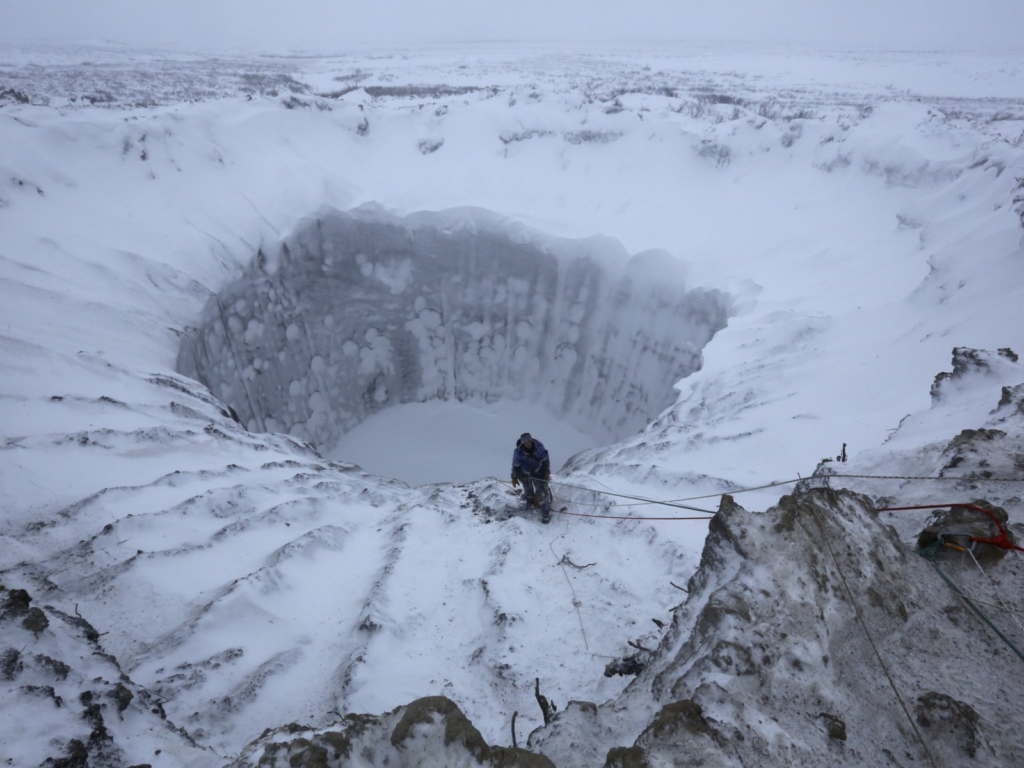Arctic ocean explorers found an underwater volcano spewing dirt and methane from a bigger crater that likely developed during a catastrophic eruption at the end of the last ice age.
The strange structure was discovered 80 miles (130 kilometers) south of Norway’s Bear Island, Bjørnøya, in the Barents Sea. The team called the volcano the Borealis Mud Volcano.
“Exploring the seabed and discovering new methane [seeps] is like finding hidden treasures,” said Stefan Buenz(opens in new tab), a professor at The Arctic University of Norway (University of Tromsø) and co-leader of the AKMA expedition that made the discovery.
“Every time we go down to the seabed, we get the feeling that we have just begun to understand the great and incredible diversity of such [seep] systems,” Buenz said in a translated statement

Submarine mud volcanoes are generated by methane-rich fluid and gas ejection.
The Borealis Mud Volcano is 8 feet tall and 23 feet (7 meters) wide. On May 7, the scientists utilized a remote-controlled rover to film the little mount releasing a methane-rich muddy fluid. Once in the atmosphere, methane is a potent greenhouse gas.
The volcano stands in a 984-foot-wide, 25-meter-deep crater. According to the statement, a large methane eruption following the last glacial era 18,000 years ago caused the unusual creation 1,312 feet (400 m) below the sea level.
“Seeing an underwater eruption in real time reminds me how ‘alive’ our planet is,” stated expedition leader and Arctic University of Norway geology professor Giuliana Panieri(opens in new tab).
The volcano’s flanks were teeming with animal life feeding off thousands-year-old carbonate crusts, mineral crusts formed when microorganisms consume methane and produce bicarbonate. They saw sponges, corals, starfish, sea spiders, and other crustaceans.
Håkon Mosby is Norway’s only other mud volcano. According to the University of Bergen’s Center for Geobiology, this 0.6-mile-wide (1 km) structure was found 4,100 feet (1,250 m) underneath the seabed south of Svalbard in 1995. According to a 2021 Lecture Notes in Earth System Sciences chapter(opens in new tab), underwater mud volcanoes may be hundreds or thousands worldwide.
Since they spit water, minerals, and fine debris from deep below Earth’s crust, these volcanoes offer a rare glimpse into geological processes. Panieri said they may reveal Earth’s past ecosystems and other worlds’ systems.
AKMA is a three-part Arctic methane expedition. Arctic scientists are searching for similar structures. “We do not rule out the possibility of discovering other mud volcanoes in the Barents Sea,” Panieri added.
